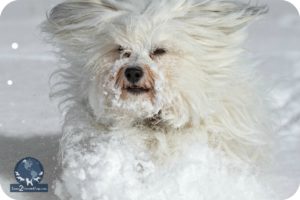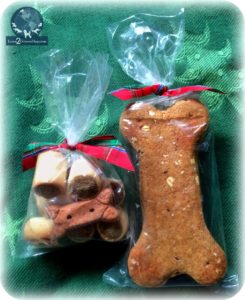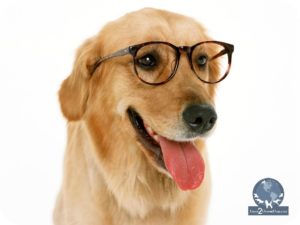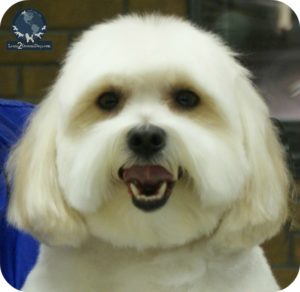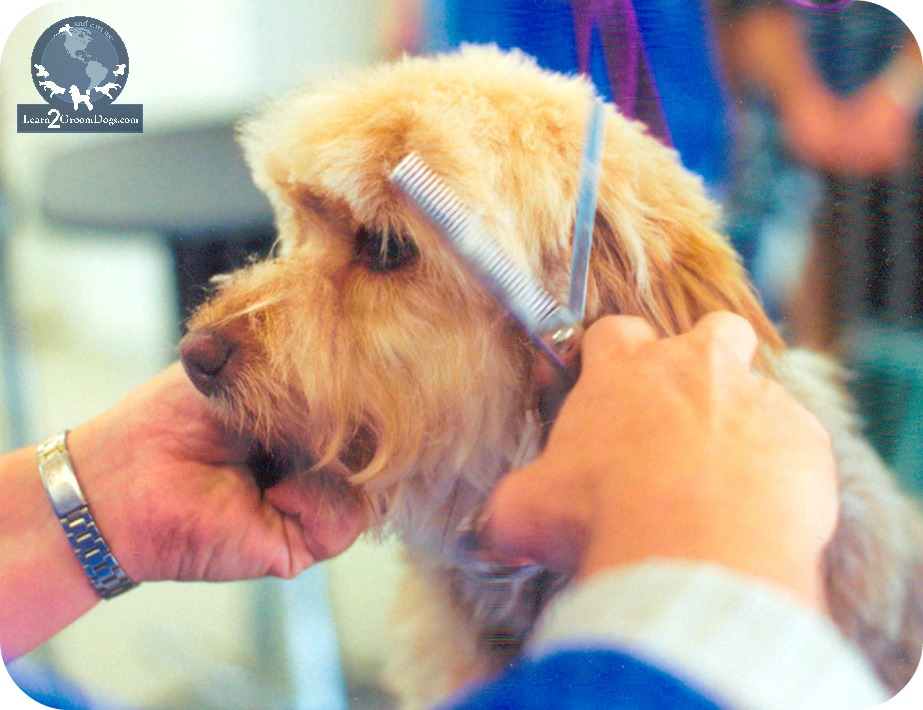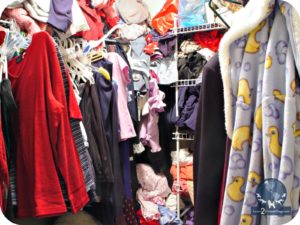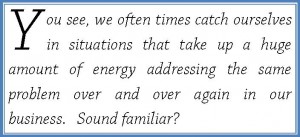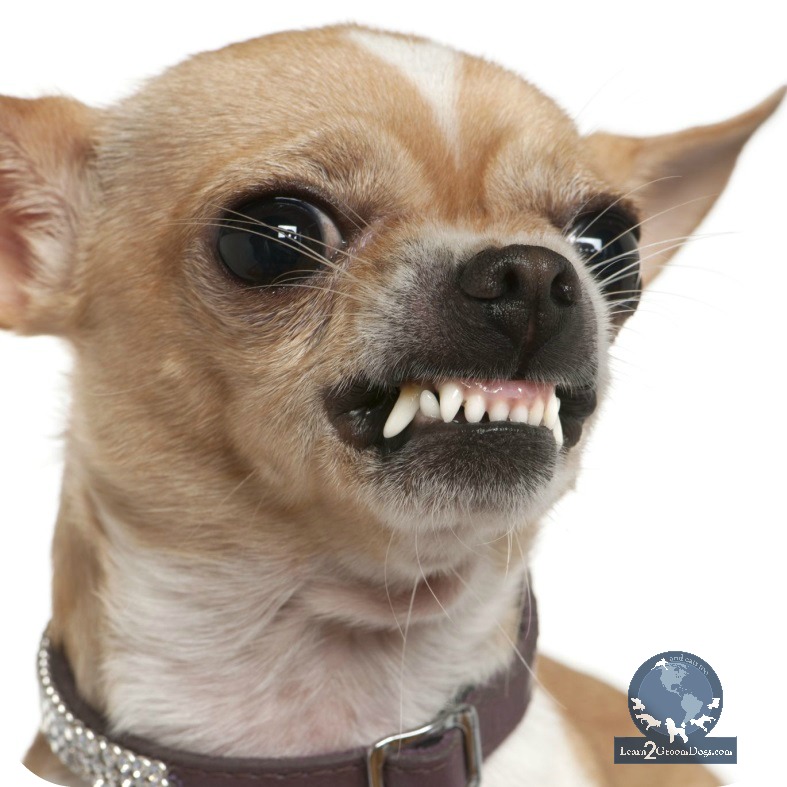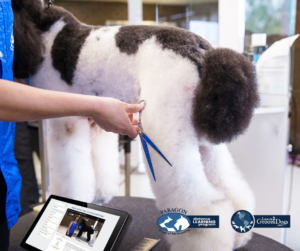 Everyone loves do a good job. We like the way it feels to excel and to please other people. For some, doing well is a starting point – they yearn for more. Do you know the steps and work it takes to go from good to great?
Everyone loves do a good job. We like the way it feels to excel and to please other people. For some, doing well is a starting point – they yearn for more. Do you know the steps and work it takes to go from good to great?
What are your goals? Do you admire today’s top competitive pet stylists? Maybe you have your sights on certification. Do you have a dream of someday becoming a certified master groomer or pet stylist? Maybe you hope to become a member of GroomTeam USA or represent your country in world team competition?
Maybe your aspirations have nothing to do with competitive styling. Maybe your goal is winning the trust and respect of pet owners, turning them into regular clients.
They’re all worthy goals – and guess what? It’s not as hard as you think. There is no complicated recipe. But there is a secret.
Focus on the fundamentals.
Success is all about the fundamentals. The fundamentals are the little things. The ordinary things. And often, they are the tedious things. But to be the best you must master them. You must become a master of those ordinary, everyday tasks. With every act of greatness, whether in sports, business, the arts, or in pet grooming, the best of the best achieve extraordinary feats by doing ordinary things with amazing consistency, commitment, and focus.
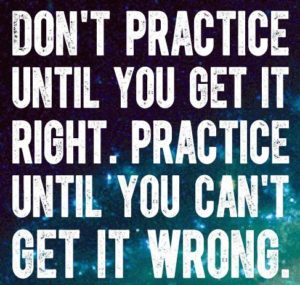 What are the fundamentals in dog grooming?
What are the fundamentals in dog grooming?
It means perfecting the core skills: bathing, drying, brushing, fluffing, and dematting. It’s also clipping, scissoring, as well as understanding basic structure and anatomy. It means having solid and safe handling skills.
As a professional pet groomer and stylist, we get to practice these skills all the time. In fact, many of us practice them every single day. World-class pet stylists don’t master their craft by working every day on perfect dogs with fabulous coats in perfect condition. For many of them, the only time they work on a “perfect dog” is in the ring – and under the pressure of competition. Even then, there is no such thing as a perfect dog. Every dog has its flaws – even the perfect ones.
Top stylists know it takes years of practice with everyday pets to master the fundamentals. Winning doesn’t just happen on the day of the competition. Winning is a result of dedication and hard work. The trophy is a product of training, study, and sacrifice. You cannot earn a high grade in certification testing on testing day, alone. Winning or earning high grades on your practical skills tests starts in every bathtub and on every grooming table, every day. There is no such thing as an overnight success. Typically, it takes years of uncountable numbers of hours of dedication to the craft.
Practice, in itself, is not enough. In order to truly succeed you need to follow this rule: Perfect Practice Makes Perfect. If you are not practicing the fundamentals correctly, you’re wasting your time. Clients will not return if your work is sub-par. Awards will not be given. High test scores will be out of reach.
 With so many variables with pet grooming, where do you start? What coaching or training technique should you trust? How do you learn the RIGHT skills?
With so many variables with pet grooming, where do you start? What coaching or training technique should you trust? How do you learn the RIGHT skills?
Start at the ground floor and learn from the masters. The information is out there. You will find it in:
- magazines
- books
- clinics
- workshops
- seminars
- schools
- trade shows
- conformation dog shows
- obedience classes
- grooming competitions
- videos
- blogs
Research online. Talk to vendors and manufacturers. Work with a mentor, a coach, a consultant. Look. Listen. Learn. But don’t blindly trust everything you find – check references whenever possible. Today, there is a lot of information out there – unfortunately not all of it is good information! Talk to the experts to make sure the material you are learning is correct and safe.
As you learn, take it one small step at a time. Dissect every step. Break it down. For every technique there are micro steps to learn to perfect any skill. Study those micro steps.
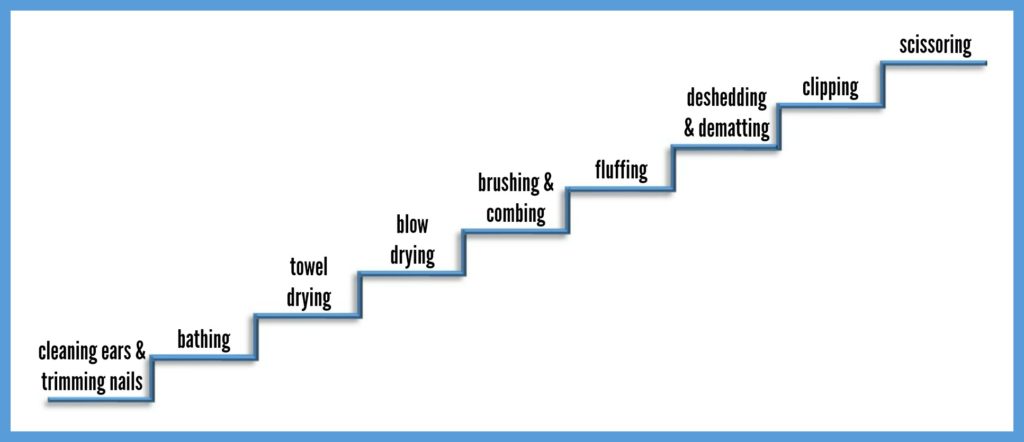 Start at the very beginning just like with a long flight of stairs. You start at the bottom, taking one step at a time. Mastering the fundamentals is a lot like a staircase. Jumping ahead or skipping steps will not get you ahead any faster. In fact, missing steps is way more detrimental to a career than staying on course dealing with each step moving up the flight of stairs.
Start at the very beginning just like with a long flight of stairs. You start at the bottom, taking one step at a time. Mastering the fundamentals is a lot like a staircase. Jumping ahead or skipping steps will not get you ahead any faster. In fact, missing steps is way more detrimental to a career than staying on course dealing with each step moving up the flight of stairs.
With every step along the way, you are creating a knowledge base. It will continue to grow with your career. It is paramount for any pet professional to have fabulous pet handling skills to build trust with our furry clients while keeping them safe. Another area that is critical to any successful pet groomer or stylist is learning the finer details of structure and anatomy.
The key is to focus on improving each day, taking the necessary steps. If you incrementally improve each day, each week, each month, each quarter – by the end of the year you will see remarkable results and growth. Over time, by committing to this process, the best develop their skills and enhance their performance as they strive for excellence and achieving perfect execution.
If you want to be at the very top of your game, to become one of the best professional pet groomers/stylists in your town, in your state, in your country, you need to practice perfect fundamentals. Every. Single. Day. You don’t need to have perfect pets to make this happen. Grooming everyday pets offers an abundant opportunity to practice the fundamentals.
Your success doesn’t necessarily mean winning the award or scoring a high grade. Sometimes success means having a full appointment book with happy customers. That’s what truly makes a successful grooming business.
What steps do YOU take? Jump over to the Learn2GroomDogs Facebook page and tell us about it!
Happy trimming!
~ Melissa

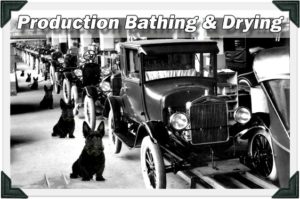
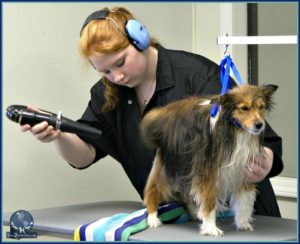

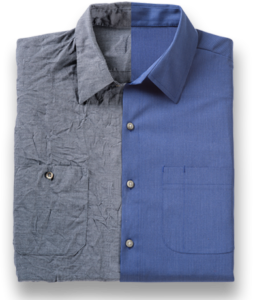
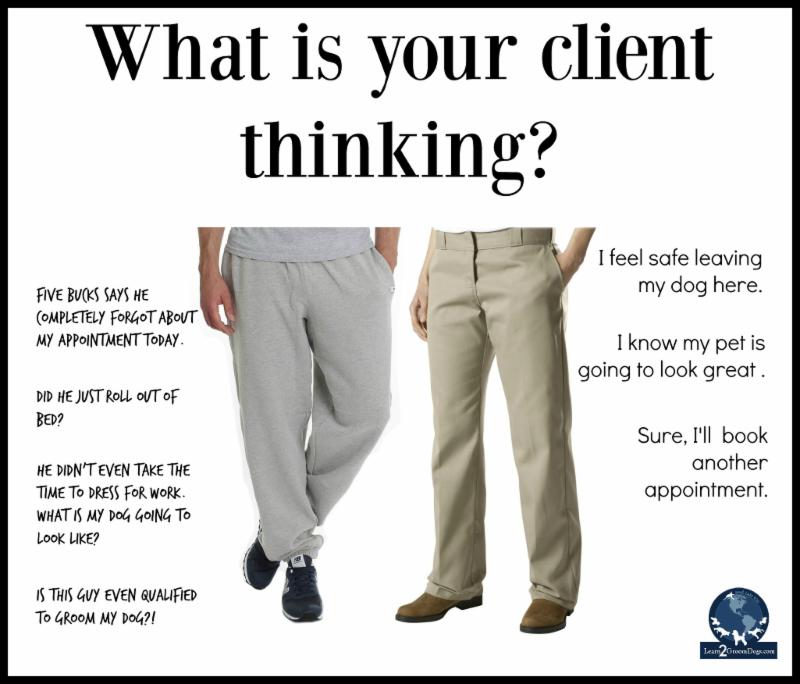 Proper hygiene is also crucial. It should go unsaid, but being clean and odor-free is a must. There is nothing more offensive – and embarrassing – than personal body odor. The famous motivational speaker Zig Ziglar, noted, “People often say that motivation doesn’t last. Well, neither does bathing – that’s why we recommend it daily.” Nothing could be more true!
Proper hygiene is also crucial. It should go unsaid, but being clean and odor-free is a must. There is nothing more offensive – and embarrassing – than personal body odor. The famous motivational speaker Zig Ziglar, noted, “People often say that motivation doesn’t last. Well, neither does bathing – that’s why we recommend it daily.” Nothing could be more true!